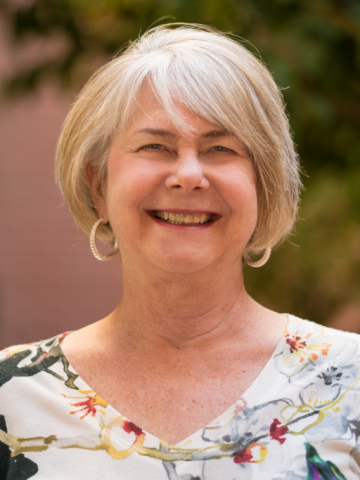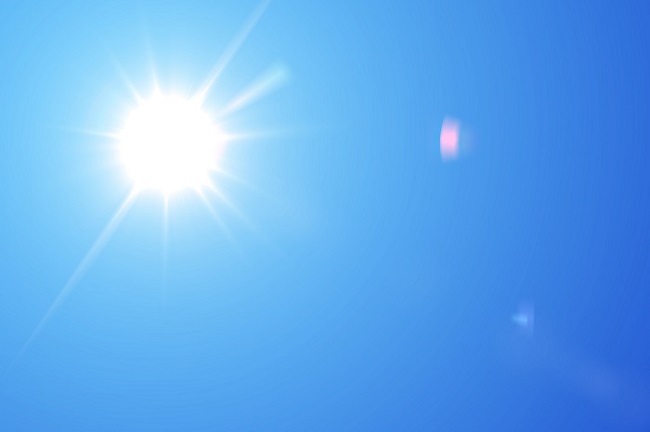Eight Ways to Play it Safe in the Sun
Lois Loescher, PhD, RN, FAAN, professor at the University of Arizona College of Nursing, the Mel and Enid Zuckerman College of Public Health and the Skin Cancer Institute at the UA Cancer Center is acutely aware of the vital importance of sun safety. A zealous advocate for the cause, she was drawn to sun safety research because she was fascinated by how such a serious cancer - that can be challenging to treat - is so easy to prevent. Skin cancer, the most common cancer in the US, is increasing in incidence and can be fatal.
“Respect your skin,” she says. “The skin is your largest organ, your body’s first line of defense, and is your body’s ‘roadmap’. I started regular application of sunscreen when I was 30, but I had already damaged my skin so much before then. If I’d started 20 years earlier my wrinkles and skin spots would be much fewer today. That’s a message that we need to emphasize with today’s youth.”
With the sunniest part of the year upon us, Loescher has some tips for skin cancer prevention.

- Fair Skin = Extra Precaution. Everybody is at risk, but the fairer the skin, the bigger the risk. If you have a skin type that burns easily – fair skin, blue eyes, blonde/red hair—you have to be extra careful. But remember, even if you have very dark skin, you can still be at risk.
- Sun Damage Adds Up Quickly. Sun damage is cumulative and sun safety needs to start very early in life. Make sure babies and children are protected.
- Re-Apply All Day. Block the sun. Cover up. Wear a hat, preferably wide-brimmed. Wear sunglasses. Apply and re-apply sunscreen to sun-exposed areas even after you’ve taken those precautions.
- The Equation for Your Protection. Know how to interpret sun protection factor on sunscreen: Multiply the time it takes your skin to burn by the SPF on your sunscreen (e.g. if your skin burns in 5 minutes and you apply SPF 30 sunscreen, you will have 150 minutes of protection).
- Shade Can Be Your First Defense. Avoid being outside or seek shade from 10AM – 4PM, when the sun’s rays are at their most damaging.
- Avoid the Booth. Avoid tanning booths and artificial tanning. Studies show these significantly increase chances of skin cancer.
- Get Naked… And Look at your Skin. Observe your skin. Know your moles and skin spots. If you can’t see parts of your skin have somebody else take a look. Check for any changes in spots such as size, shape, color, texture and sensation.
- Follow through and See a Dermatologist. See a dermatologist if you find a mole or skin spot that is changing or new. A change in a mole could be change in size, shape, color, texture, sensation.
Questions or concerns about the dangers posed by the summer sun? Find additional information at the Skin Cancer Institute at the UA Cancer Center.
Dr. Loescher’s passion is the study of skin cancer risk reduction and preventive behaviors. She has received funding for her research from the NIH, the State of Arizona, private foundations, and through collaborations with universities in Queensland Australia. As part of her joint appointment in the College of Public Health, she has developed and evaluated skin cancer prevention hybrid training for health sciences students. As a longstanding member of the UA Cancer Center, she has several years of experience developing and evaluating public and professional outreach education sun safety programs.


